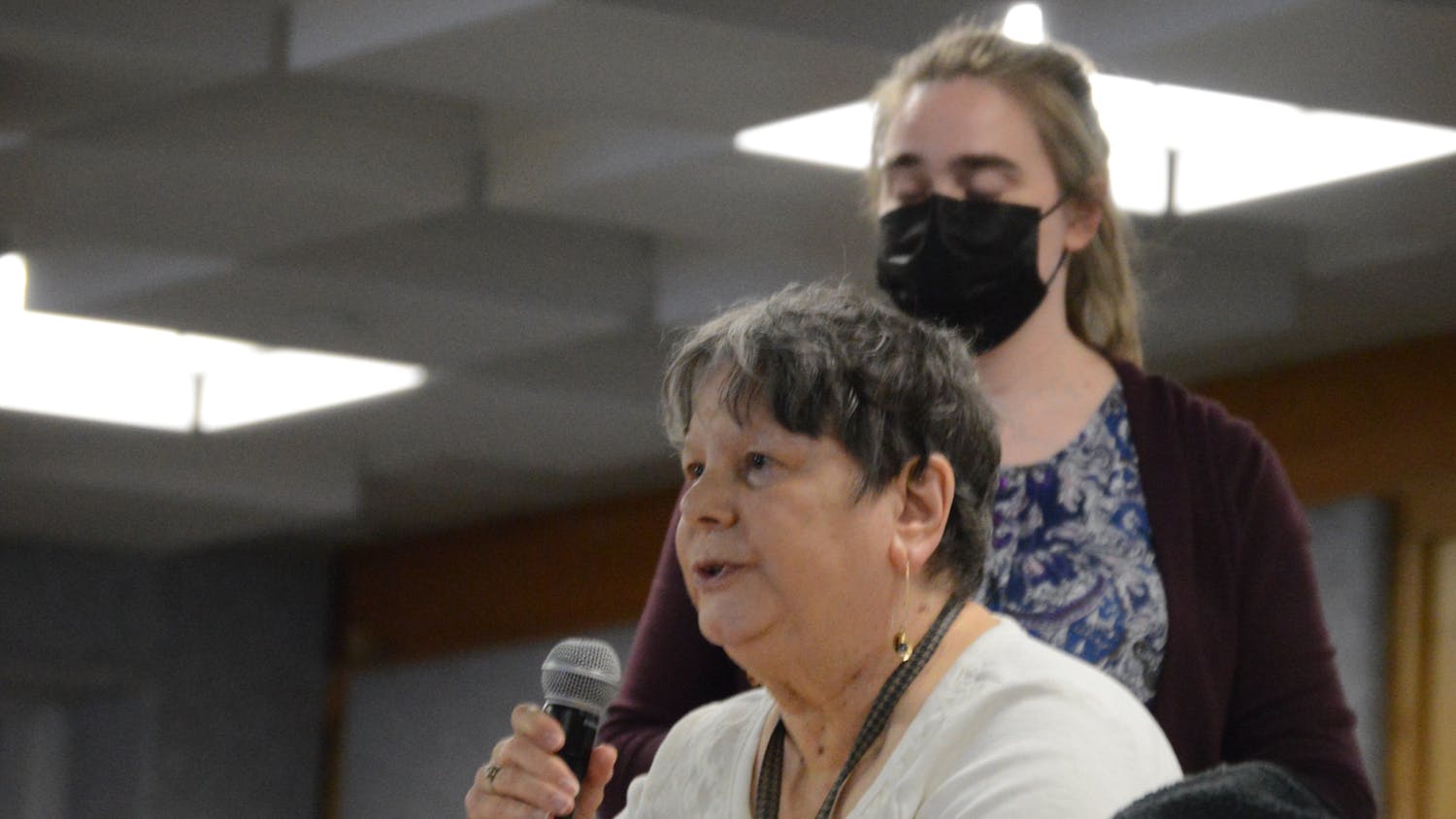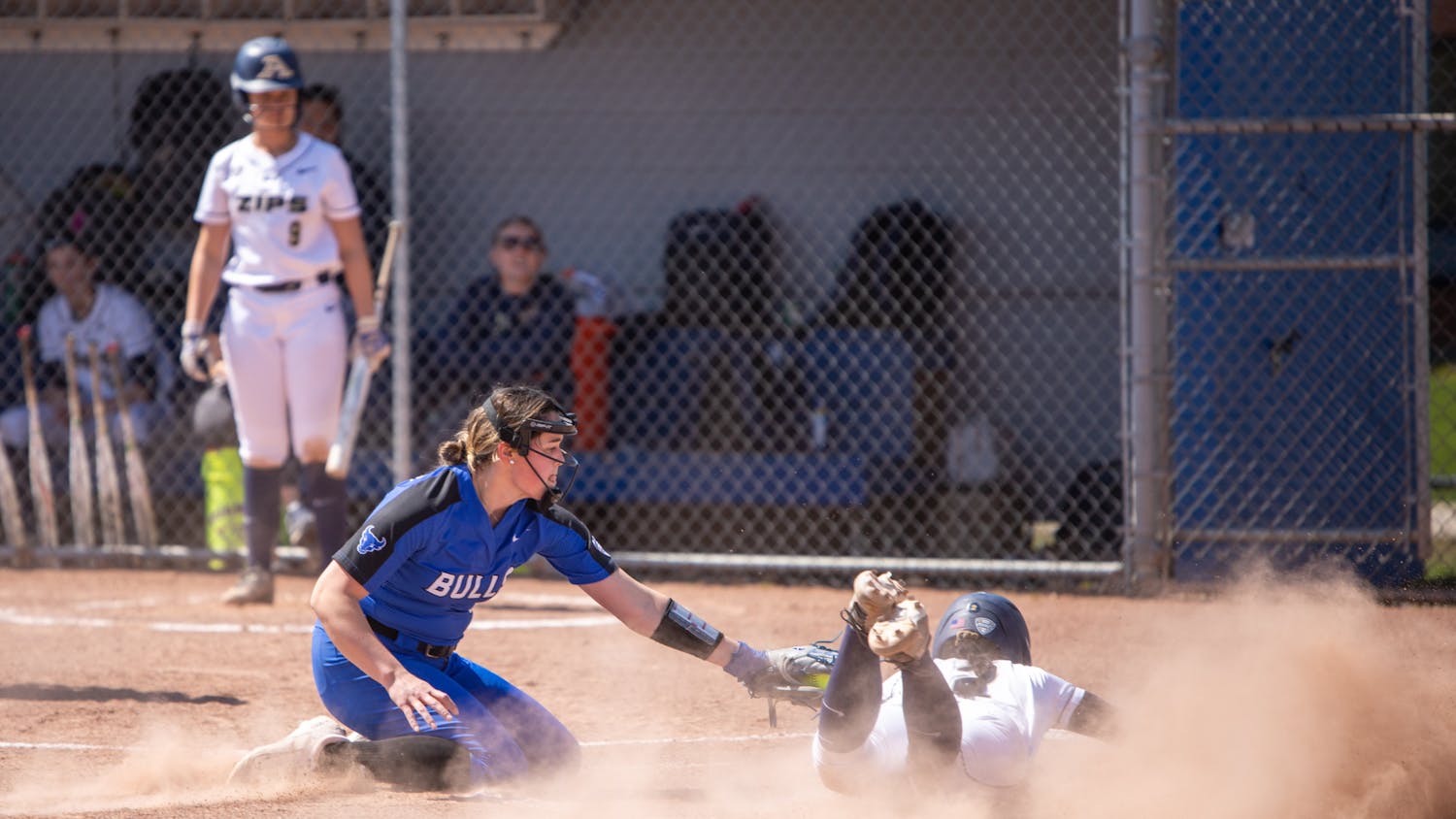Tuesday, April 19 marked one of the most competitive presidential primary races in years for New York State voters.
With 95 delegates up for grabs on the Republican side and 291 on the Democratic side, the stakes were high going into the New York primaries.
Both Democratic presidential candidate Hillary Clinton and Republican presidential candidate Donald Trump were predicted to sweep the New York primaries, according to The Huffington Post.
On the Republican side, Trump gained 59 delegates and took 62 percent of the vote, which put him closer to the 1,237 delegates needed to secure the nomination. On the Democratic side, Clinton gained 175 delegates and took 60 percent of the vote, according to The New York Times. This lead places her less than 300 delegates ahead of Senator Bernie Sanders and closer to the 2,383 delegates needed.
Sanders nearly caught up to Clinton’s initial lead, after winning the last eight successive primary victories over Clinton.
Jacob Niehesel, a political science associate professor, said New York’s primary system may have played a role in the outcome on the Democratic side.
The closed primary system only allows registered Democrats and Republicans to vote in their respective primaries. An open primary, by comparison, allows independents and nonpartisan voters to participate in the nomination process.
According to FairVote, those who favor an open primary system believe it enables voter participation and thus a more inclusive and direct democracy. Opponents of the open primary system argue that it is unconstitutional and violates the freedom of association by allowing outsiders to choose its candidate. In the past, the Supreme Court has supported this conclusion.
“The deadline to register for a party passed last year, when nobody saw the race being this close on either side,” Niehesel said. “Now those people have totally been cut out of the election process.”
Niehesel said this may be the whole point of the closed primary system.
Aside from discouraging sabotage voting, the closed primary system allows the political parties a substantial amount of control over the nomination process, according to FairVote. By closing off the process to mostly long-term party supporters, the system can make it very difficult for insurgent candidates like Sanders to win closed primaries.
Trump however, seems to defy these intentions as a party outsider.
Dylan Quattrucci, a freshman history and legal studies major, sent in his absentee ballot last Tuesday. Quattrucci voted for Trump in the primary and attended the rally Monday.
“With the way this country is going, we need a strong leader who will build our economy here instead of outsourcing jobs to Mexico and China,” Quattrucci said. “He just wants to make America great again and he’s a successful businessman who can do that.”
New York Republicans seem to agree with Quattrucci’s thoughts.
Trump has maintained a steady lead over his fellow GOP candidates, according to the most recent ABC News Poll, and will likely amass a sizeable portion of delegates, putting him even closer toward winning the Republican nomination.
Mike Crodelle, a freshman biological sciences major from Albany, voted through an absentee ballot for Sanders.
“I [voted] for Bernie because I agree with his views on health care and education and I know he’s not afraid to stand up for them,” Crodelle said. “[Clinton] seems like she’ll say anything to get elected…she contradicts herself constantly, you can’t trust her.”
The Connecticut, Delaware, Maryland, Pennsylvania and Rhode Island primaries will be on April 26.
Sarah Crowley is the assistant news editor and can be reached at news@ubspectrum.com





